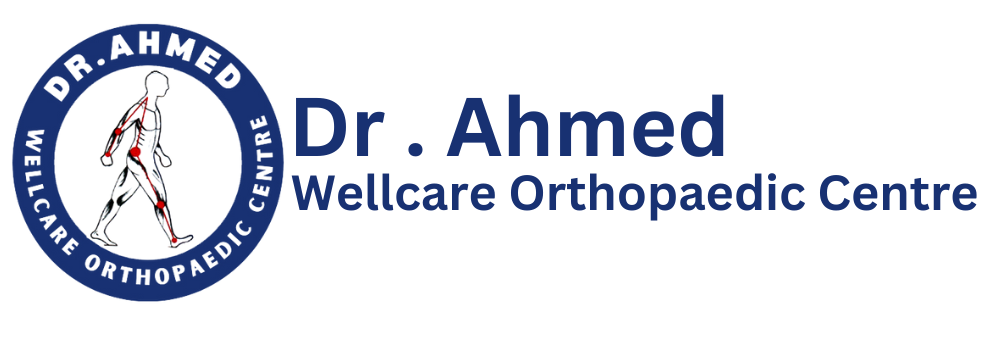Understanding the Different Types of Heart Attacks
Heart attacks are a serious medical condition that require immediate attention. They occur when the blood flow to the heart is blocked, leading to damage or death of heart muscle cells. There are several different types of heart attacks, each with its own set of symptoms and treatment options.
1. ST-Segment Elevation Myocardial Infarction (STEMI)
STEMI is the most severe type of heart attack and requires immediate medical intervention. It occurs when there is a complete blockage of a coronary artery, leading to a large portion of the heart muscle being deprived of oxygen. Symptoms of STEMI include severe chest pain, shortness of breath, and sweating.
2. Non-ST-Segment Elevation Myocardial Infarction (NSTEMI)
NSTEMI is a less severe type of heart attack, but still requires prompt medical attention. It occurs when there is a partial blockage of a coronary artery, leading to a smaller portion of the heart muscle being deprived of oxygen. Symptoms of NSTEMI may include chest discomfort, nausea, and fatigue.
3. Silent Heart Attack
A silent heart attack, also known as a silent myocardial infarction, is a heart attack that occurs without any noticeable symptoms. It is often only detected during a routine medical examination or when tests are conducted for other health issues. Silent heart attacks can still cause damage to the heart muscle and increase the risk of future heart attacks.
The treatment for heart attacks varies depending on the type and severity. In general, the goal is to restore blood flow to the heart as quickly as possible to minimize damage. This may involve medications, such as blood thinners and clot-dissolving drugs, or procedures like angioplasty and stenting.
If you experience symptoms of a heart attack, such as chest pain or discomfort, shortness of breath, or pain in the jaw, neck, or arm, it is important to seek immediate medical attention. Early intervention can greatly improve outcomes and reduce the risk of complications.









